There is a very small country in the very south of Africa. Many have heard its name, but very few will be able to find it on the map—this is Swaziland or Eswatini. What is this country famous for? Let’s talk.
So, the area of Swaziland is about 17 thousand square meters. At the same time, the population of the country is about 10.1 million. But just ten years ago, the country’s population was more than 13.5 lakh. Do you feel like something is wrong?
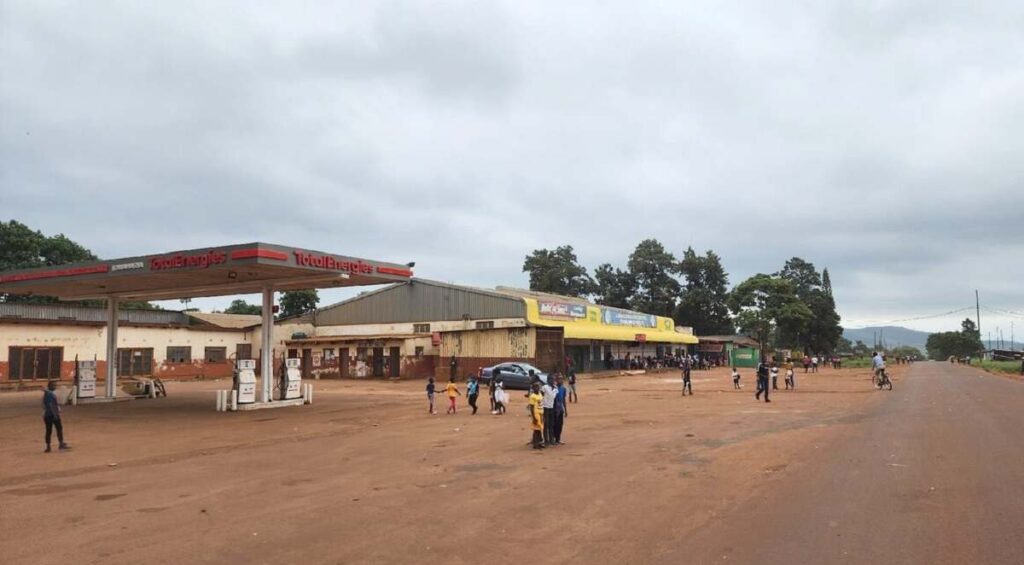
In terms of standard of living, Swaziland is approximately at the level of the Philippines or Jordan and not even the poorest countries on the African continent, such as Zimbabwe or Mozambique. Despite the fact that the literacy rate in the country is the highest in Africa, Over 80% of the population received at least a primary school education.
But surprisingly, in the last 10-15 years, the average life expectancy in Swaziland has almost halved, from about 62 to 32 years. What is happening, and why? Have the residents of the state started living like the Middle Ages?
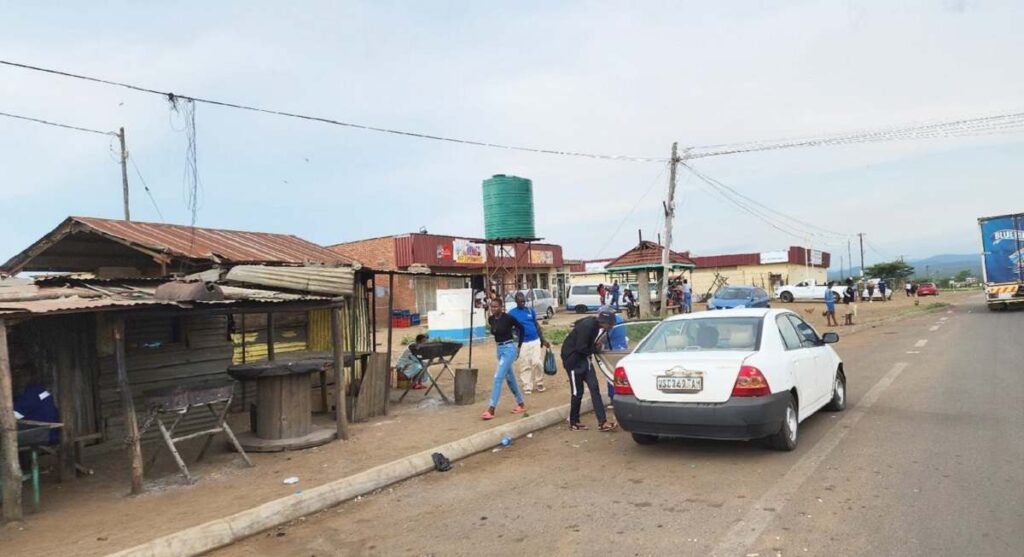
But you will be surprised to know that the main reason for this is not hunger. This is more or less common in the country, and many residents work in neighbouring South Africa. It turns out that more than a third of the country’s population (and according to some unofficial data, about 40%) are HIV carriers! That’s almost 3 lakh people in the entire country!
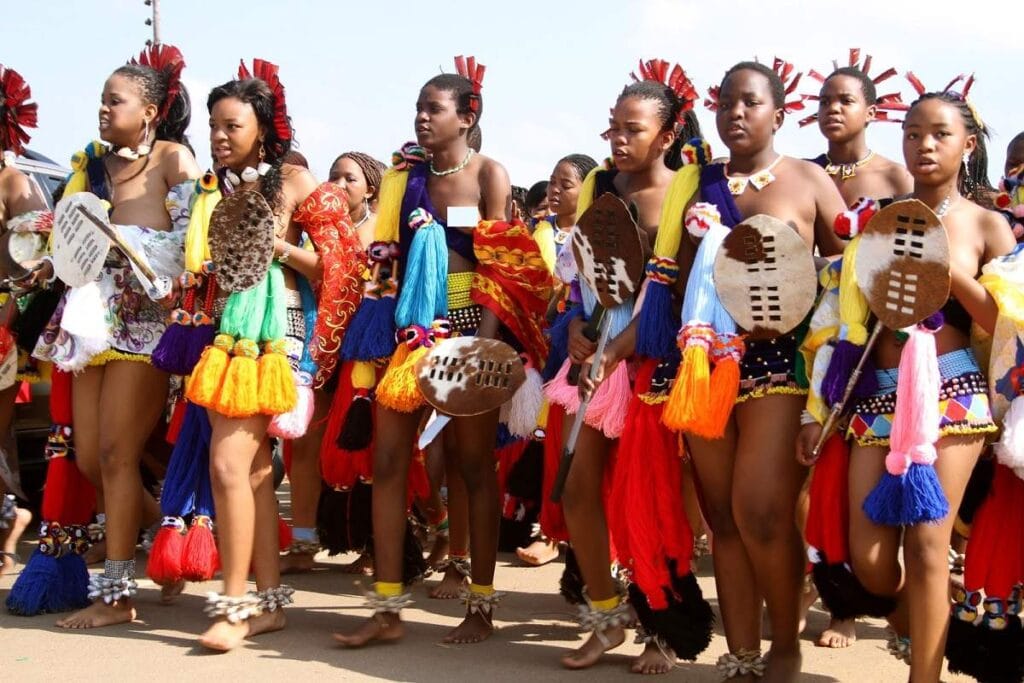
Due to HIV, the state’s population decreased by about 2.5 million people in ten years, and people died from the virus without supportive treatment. A friend and I spent a few days here and saw how the locals lived. We didn’t see anything terrible. Expensive cars drive on the streets, there are supermarkets, and everything is clean and cultured in the capital. It is almost safe and receives many tourists, even from neighbouring South Africa.
At prices almost like those in South Africa, you can eat and drink on a budget. Spend a maximum of $20–30 on food per day. There are few hotels, but we stayed at a tented camping site in the national park. We spent about $25 per day for two people. But in reality, we saw that there were no elderly people on the streets. This looks quite strange and unusual.
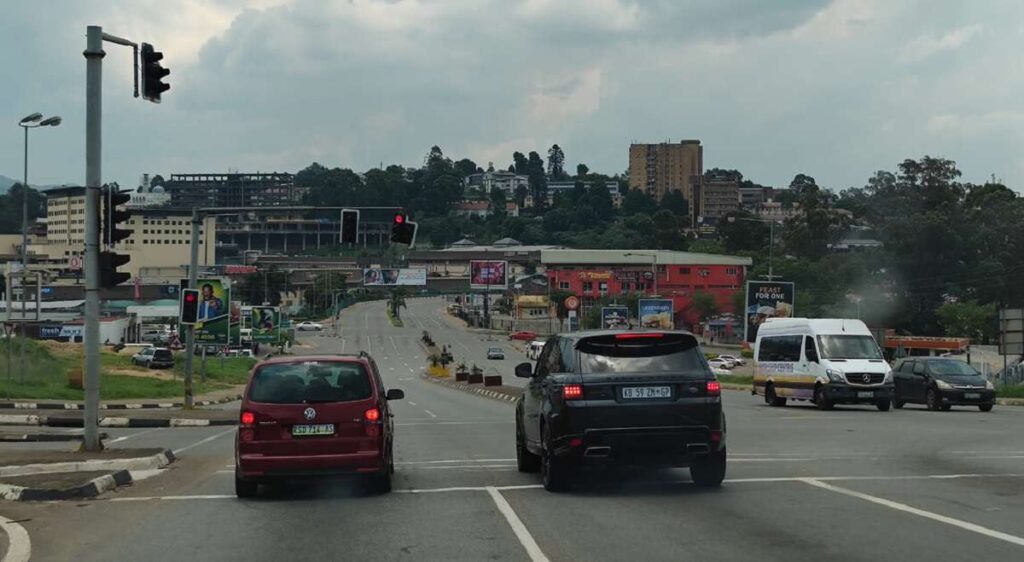
But the attitude of local people towards HIV is quite strange. On the one hand, we did not see thematic posters on the streets, but we saw special boxes with free condoms at border crossings and in stores. He says that this is help from the European Union in this form. However, I remember that a few years ago in Namibia, packages of condoms were distributed at checkpoints to all tourists.
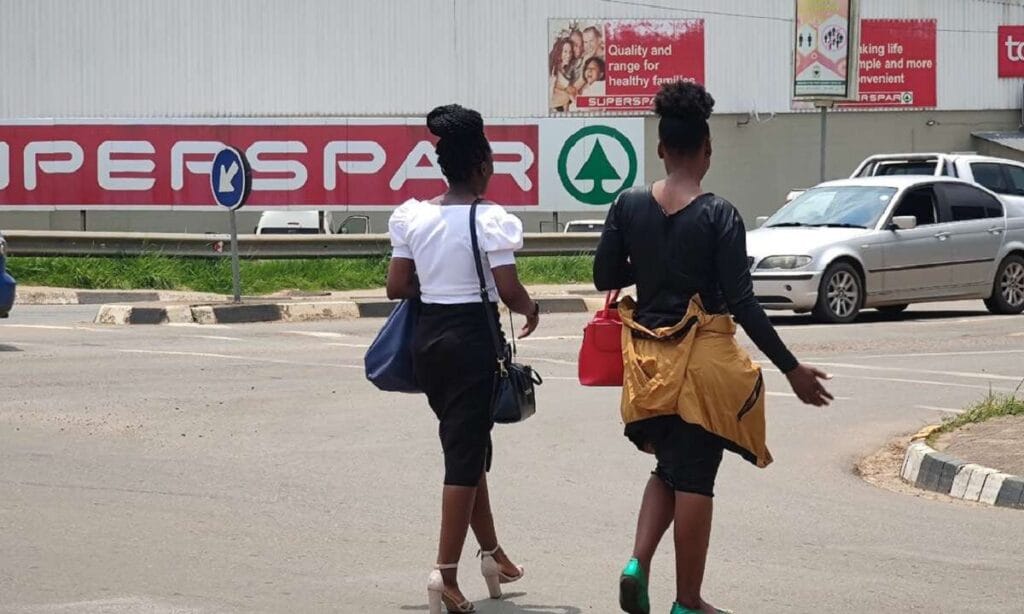
But for us, it is entertainment and nothing more than that. We weren’t particularly interested in local women anyway. About 15 years ago, local lawmakers even offered HIV-positive compatriots special tattoos on their buttocks. But this caused a strong public outcry, and he apologised for the idea and happily forgot about the initiative.
Whatever happens here, before going here, you should think that if you are meeting someone, is he or she an AIDS carrier? Or, if you believe me, if you go here, then just wander around.

About the Author
Manish love to write and he is a Civil Servant. Users can follow Manish on Instagram ![]()
How Elon Musk became successful, Tips You Can Borrow
Many people find inspiration in Elon Musk. His achievement is the result of his ambition,…
What will happen when a boy and a girl with the same name get married?
You should know that Indians keep some names in such a way that it is…
WHY DID NAZIS WEAR A METAL SHIELD ON THEIR CHEST ?
As strange and different from their war strategy as the Nazis were, so were their…
What happened to the ancient Sumerians ?
Ancient Sumerians in Mesopotamia, were Mesopotamia’s oldest historical people (modern Iraq). These individuals are credited with creating…
11 Goa Travel Tips: Navigating Adventures, Scams, and Bikinis!
All right, adventurers, pay attention! Here is some tangy advice to help you avoid sticky…
Countries where there are no trains !
Even though India has the largest railway network in the world, there are still countries…






